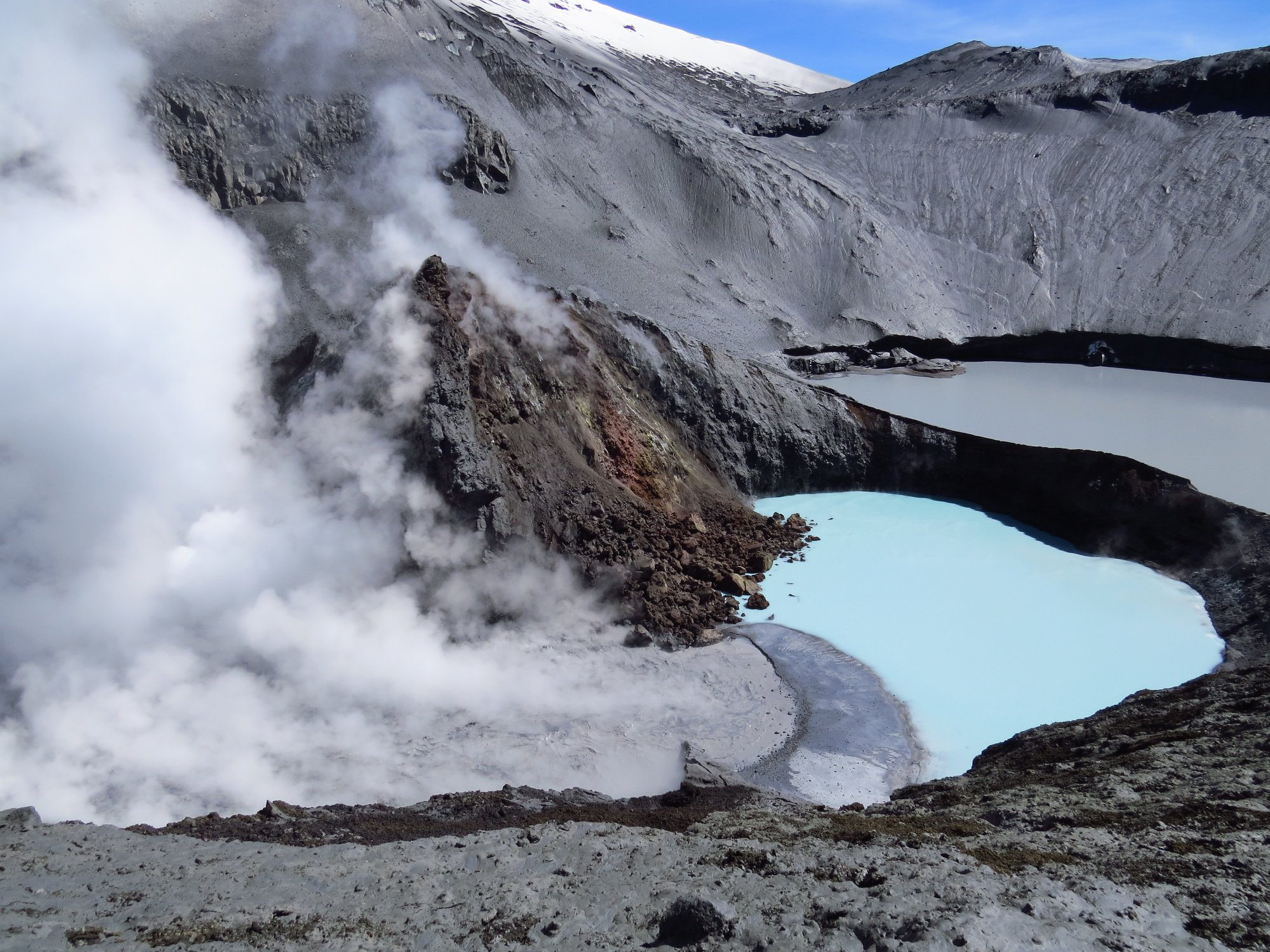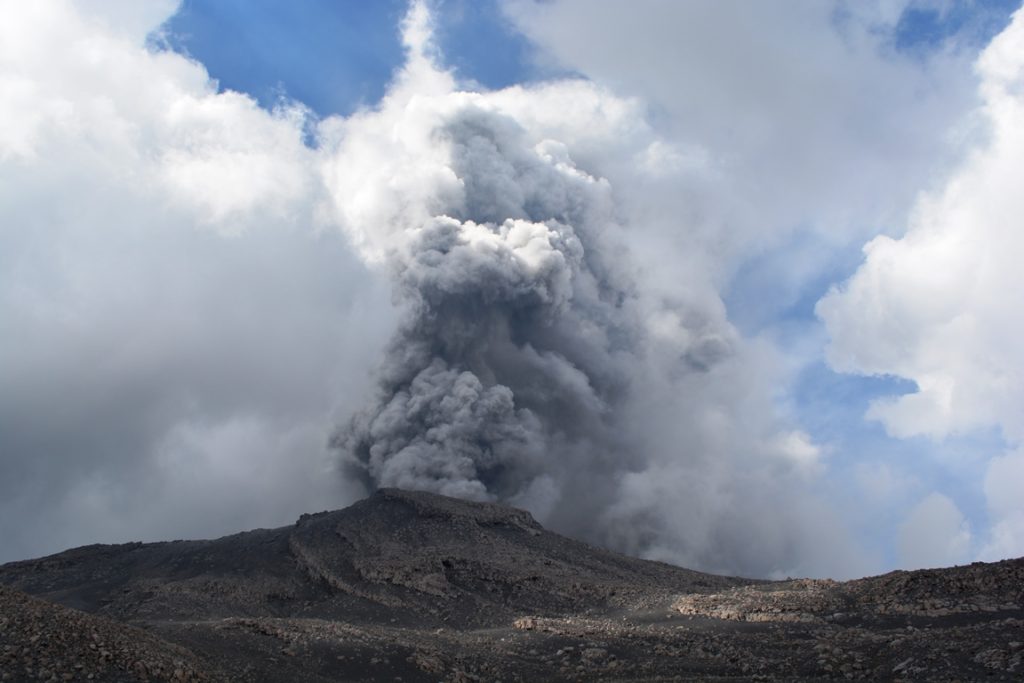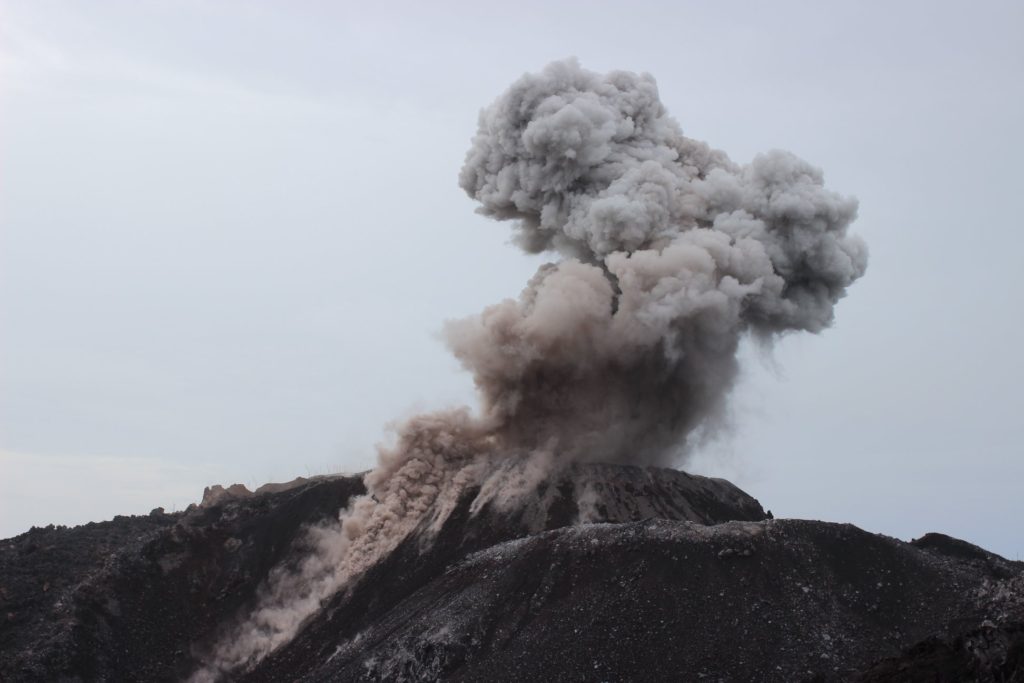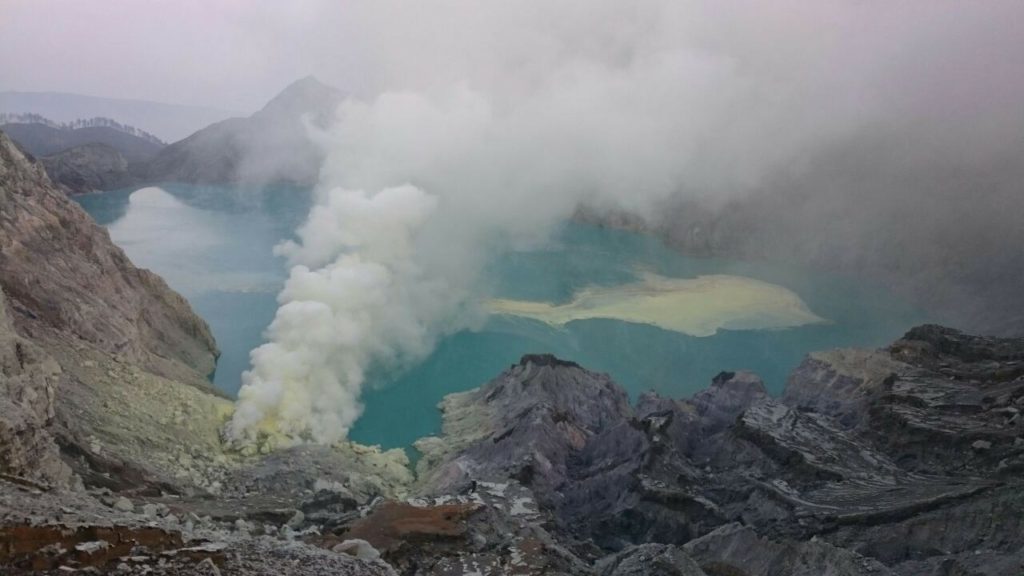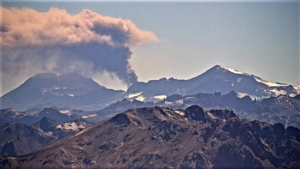March 27 , 2018.
Copahue , Chile:
Special Report on Volcanic Activity (REAV).
March 26, 2018.16: 30 hours (local time).
The National Geological and Mining Service (SERNAGEOMIN) describes the following information obtained by the monitoring teams of the National Volcano Monitoring Network (RNVV) processed and analyzed at the Volcanological Observatory of the Southern Andes (OVDAS) Center for interpretation of Sernageomin data:
On the basis of the analysis carried out in the current process recorded on the Copahue volcano, it is noted the continuous recording of series of episodes of low frequency events (LP type) associated with movements of fluids within the volcano, with a rhythmic appearance and low energy. It is possible that this activity is associated with the interaction of the hydrothermal system with the deep magmatic system, a phenomenon that could have caused the phreatic explosion reported on the 24th of this month (REAV_20180324_1650).
With regard to the background level Tremor, it has decreased to a maximum of reduced displacement values (DRC) of 1 cm2, a value considered average.
Under current conditions, similar new explosive processes could reach an area of 1 km around the active crater.
Following what has been described above, the technical alert is maintained at:
YELLOW alert level
The SERNAGEOMIN continues online monitoring and continues to undo timely reporting on possible changes in volcanic activity in the region.
Source : Sernageomin.
Photo : Descolgados En El Sur
Sabancaya , Peru :
Explosive activity continued with an average of 17 explosions / day, similar to the previous week. Events associated with fluid movements (Long Period type) and ash emissions (Tremor type) continue to dominate. The earthquakes associated with the rise of the magma (Hybrids type) continue to be low in number and energy.
Eruptive columns of gas and ash reached a maximum height of 2700 m above the crater. The dispersion of these materials occurred within a radius of about 30 km, mainly in the southwestern direction.
The tracking of the deformation shows a stability, compared to the previous week.
The volcanic gas flow (SO2) recorded on March 21 shows a peak value of 5180 tons / day, a value considered large.
Two thermal anomalies were recorded according to the MIROVA system, with values of 2 and 4 MW VRP (Radiated Volcano Power).
In general, eruptive activity maintains moderate levels. A slight increase in activity in the coming days is not excluded.
Source : IGP.
Ibu , Indonesia :
Level II Activity Level (WASPADA). G. Ibu (1340 m above sea level) has been erupting since 2008.
Since yesterday until this morning visually the peak of the volcano can be observed until it is covered with fog. The explosion / emission column is observed in low to moderate intensity, white / gray in color, from low to medium pressure, rising 300 to 600 m above the peak. The wind is blowing weakly towards the West and the South.
Thanks to the seismographs, dated March 24, 2018, it was recorded:
171 earthquakes of eruption.
143 earthquakes of emission.
38 events of type Tremor Harmonic.
Recommendations:
Communities around G. Ibu and visitors / tourists must not have activity, climb and approach within 2 km, with a sectoral expansion of 3.5 km towards the opening in the northern part of active crater of G. Ibu.
VONA:
The last VONA code sent was the color code ORANGE, published on August 28, 2017 at 06:12 WIT, for a related eruption with ash emission at 1725 m above sea level or 400 m above the peak ash column inclined to the north.
Source : VSI
Photo : Romain Jaime
Kawah Ijen , Indonesia :
Mount Ijen Condition Gradually Returns to Normal
Bondowoso – The intensity of gas burst at the Mount Ijen crater has reportedly lessened and returned to normal.
The head of Volcanology and Geology Disaster Mitigation Center (PVMBG), Gede Suantika, said the change to the crater’s condition was based on the results of temporary observation on the field by a PVBMG team on Monday, March 26.
« The team from Bandung checked on the gas condition around Ijen crater to find out the kind of the gas concentration, » he told Tempo on Monday.
On Wednesday night, March 21, Mount Ijen crater spewed toxic gases up into the sky, which later affected villages in Kalianyar sub-district, Sempol district, Bondowoso regency.
Hundreds of residents were evacuated and some rushed to hospital due to gas poisoning.
Based on the team’s observation, Suantika said, the gas burst was far different from that of Wednesday night last week. He said the pungent smell was no longer felt. « The gas content is going to be normal, » he said.
Meanwhile, based on the seismic observation of Observation Post of Mount Ijen, the seismic activities at Mount Ijen crater have also lulled.
Suantika said there was no plan to raise or lower the activity status of Mount Ijen as the team was still working on the field.
Suantika said the PVBMG team would conduct an evaluation based on its observation. « We will convey the results in the form of a report, including recommendations, » he said.The team will continue to check the state of the Mount Ijen crater in the coming days. « It’s nature, we have to wait for the level of stability.
Source : TEMPO.CO,

